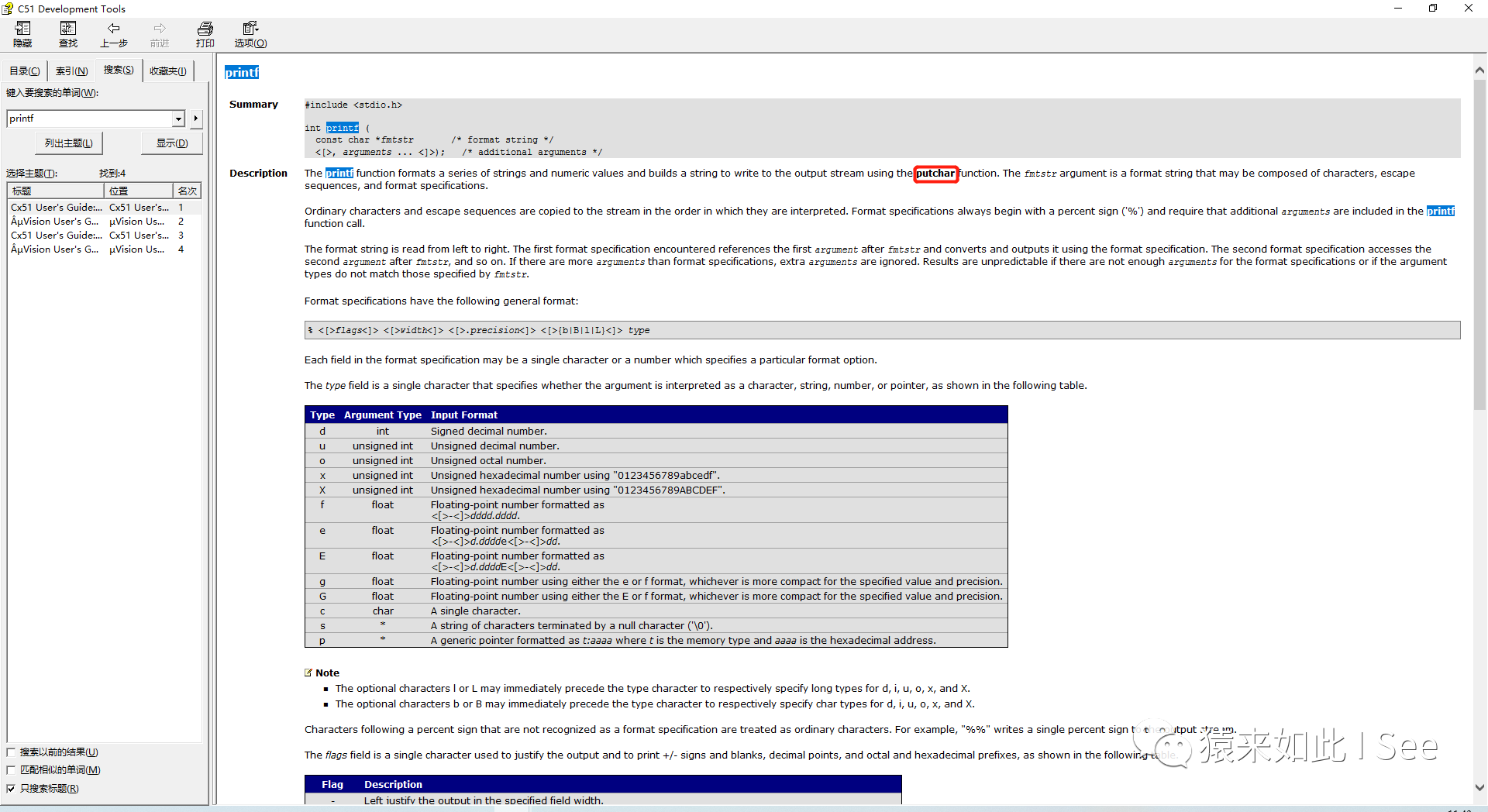一. 背景
在Python中,文件對象sys.stdin、sys.stdout和sys.stderr分別對應解釋器的標準輸入、標準輸出和標準出錯流。在程序啟動時,這些對象的初值由sys.__stdin__、sys.__stdout__和sys.__stderr__保存,以便用于收尾(finalization)時恢復標準流對象。
Windows系統中IDLE(Python GUI)由pythonw.exe,該GUI沒有控制臺。因此,IDLE將標準輸出句柄替換為特殊的PseudoOutputFile對象,以便腳本輸出重定向到IDLE終端窗口(Shell)。這可能導致一些奇怪的問題,例如:
Python 2.7.11 (v2.7.11:6d1b6a68f775, Dec 5 2015, 20:32:19) [MSC v.1500 32 bit (Intel)] on win32
Type "copyright", "credits" or "license()" for more information.
>>> import sys
>>> for fd in (sys.stdin, sys.stdout, sys.stderr): print fd
>>> for fd in (sys.__stdin__, sys.__stdout__, sys.__stderr__): print fd
', mode 'r' at 0x00FED020>
', mode 'w' at 0x00FED078>
', mode 'w' at 0x00FED0D0>
>>>
可以發現,sys.__stdout__與sys.stdout取值并不相同。而在普通的Python解釋器下(如通過Windows控制臺)運行上述代碼時,兩者取值相同。
print語句(statement)不以逗號結尾時,會在輸出字符串尾部自動附加一個換行符(linefeed);否則將一個空格代替附加的換行符。print語句默認寫入標準輸出流,也可重定向至文件或其他可寫對象(所有提供write方法的對象)。這樣,就可以使用簡潔的print語句代替笨拙的object.write('hello'+'\n')寫法。
由上可知,在Python中調用print obj打印對象時,缺省情況下等效于調用sys.stdout.write(obj+'\n')
示例如下:
>>> import sys
>>> print 'Hello World'
Hello World
>>> sys.stdout.write('Hello World')
Hello World
二. 重定向方式
本節介紹常用的Python標準輸出重定向方式。這些方法各有優劣之處,適用于不同的場景。
2.1 控制臺重定向
最簡單常用的輸出重定向方式是利用控制臺命令。這種重定向由控制臺完成,而與Python本身無關。
Windows命令提示符(cmd.exe)和Linux Shell(bash等)均通過">"或">>"將輸出重定向。其中,">"表示覆蓋內容,">>"表示追加內容。類似地,"2>"可重定向標準錯誤。重定向到"nul"(Windows)或"/dev/null"(Linux)會抑制輸出,既不屏顯也不存盤。
以Windows命令提示符為例,將Python腳本輸出重定向到文件(為縮短篇幅已刪除命令間空行):
E:\>echo print 'hello' > test.py
E:\>test.py > out.txt
E:\>type out.txt
hello
E:\>test.py >> out.txt
E:\>type out.txt
hello
hello
E:\>test.py > nul
注意,在Windows命令提示符中執行Python腳本時,命令行無需以"python"開頭,系統會根據腳本后綴自動調用Python解釋器。此外,type命令可直接顯示文本文件的內容,類似Linux系統的cat命令。
Linux Shell中執行Python腳本時,命令行應以"python"開頭。除">"或">>"重定向外,還可使用tee命令。該命令可將內容同時輸出到終端屏幕和(多個)文件中,"-a"選項表示追加寫入,否則覆蓋寫入。示例如下(echo $SHELL或echo $0顯示當前所使用的Shell):
[wangxiaoyuan_@localhost ~]$ echo $SHELL
/bin/bash
[wangxiaoyuan_@localhost ~]$ python -c "print 'hello'"
hello
[wangxiaoyuan_@localhost ~]$ python -c "print 'hello'" > out.txt
[wangxiaoyuan_@localhost ~]$ cat out.txt
hello
[wangxiaoyuan_@localhost ~]$ python -c "print 'world'" >> out.txt
[wangxiaoyuan_@localhost ~]$ cat out.txt
hello
world
[wangxiaoyuan_@localhost ~]$ python -c "print 'I am'" | tee out.txt
I am
[wangxiaoyuan_@localhost ~]$ python -c "print 'xywang'" | tee -a out.txt
xywang
[wangxiaoyuan_@localhost ~]$ cat out.txt
I am
xywang
[wangxiaoyuan_@localhost ~]$ python -c "print 'hello'" > /dev/null
[wangxiaoyuan_@localhost ~]$
若僅僅想要將腳本輸出保存到文件中,也可直接借助會話窗口的日志抓取功能。
注意,控制臺重定向的影響是全局性的,僅適用于比較簡單的輸出任務。
2.2 print >>重定向
這種方式基于print語句的擴展形式,即"print obj >> expr"。其中,obj為一個file-like(尤其是提供write方法的)對象,為None時對應標準輸出(sys.stdout)。expr將被輸出到該文件對象中。
示例如下:
memo = cStringIO.StringIO(); serr = sys.stderr; file = open('out.txt', 'w+')
print >>memo, 'StringIO'; print >>serr, 'stderr'; print >>file, 'file'
print >>None, memo.getvalue()
上述代碼執行后,屏顯為"serr"和"StringIO"(兩行,注意順序),out.txt文件內寫入"file"。
可見,這種方式非常靈活和方便。缺點是不適用于輸出語句較多的場景。
 電子發燒友App
電子發燒友App


























評論